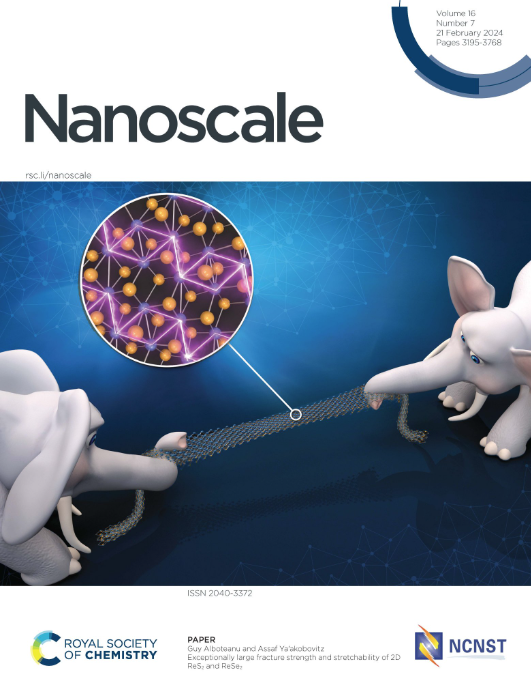质子陶瓷燃料电池中钙钛矿氧化物三离子电子传导的研究进展
IF 5.8
3区 材料科学
Q1 CHEMISTRY, MULTIDISCIPLINARY
引用次数: 0
摘要
质子陶瓷燃料电池提供了一条很有前途的途径,可以在降低温度的情况下有效地利用各种燃料发电。然而,这种技术的可行性受到阴极氧还原反应动力学缓慢的阻碍。最近,三重离子-电子导体已经显示出其作为阴极材料的前景,具有改进的催化活性,因为它们增强了混合电子和离子的电导率,可以最大化反应的活性位点。本文综述了三离子-电子导体中空穴、氧离子和质子的输运机制。这篇综述强调了这些载流子之间的平衡以及它们对特定阳离子环境的要求,以促进快速运输。因此,三重离子-电子导体需要平衡这些电荷的输运,以实现最佳的氧还原反应活性。该综述进一步确定了氧离子或质子的输运是三重离子-电子导体中电流的限制因素。本文最后强调了了解离子输运在氧还原反应中的作用对提高三重离子-电子导体性能的重要性。本文章由计算机程序翻译,如有差异,请以英文原文为准。

Progress in understanding triple ionic–electronic conduction in perovskite oxides for protonic ceramic fuel cell applications
Protonic ceramic fuel cells offer a promising route to effectively generate electricity from various fuels at reduced temperatures. However, the viability of this technology is impeded by the sluggish kinetics of the oxygen reduction reaction at the cathode. Recently, triple ionic–electronic conductors have shown their promise as cathode materials with improved catalytic activity because of their enhanced mixed electron and ionic conductivities that can maximise the active sites for the reaction. This review examines the transport mechanism of holes, oxygen ions, and protons within triple ionic–electronic conductors. This review highlights the equilibrium among these charge carriers and their requirement for specific cationic environments to facilitate rapid transport. As a result, triple ionic–electronic conductors need to balance the transport of these charges to realise optimum oxygen reduction reaction activity. The review further identifies the transport of oxygen ions or protons as the current limiting factor in triple ionic–electronic conductors. This review concludes by emphasizing the importance of understanding the role of ionic transport in the oxygen reduction reaction to enhance the performance of triple ionic–electronic conductors.
求助全文
通过发布文献求助,成功后即可免费获取论文全文。
去求助
来源期刊

Nanoscale
CHEMISTRY, MULTIDISCIPLINARY-NANOSCIENCE & NANOTECHNOLOGY
CiteScore
12.10
自引率
3.00%
发文量
1628
审稿时长
1.6 months
期刊介绍:
Nanoscale is a high-impact international journal, publishing high-quality research across nanoscience and nanotechnology. Nanoscale publishes a full mix of research articles on experimental and theoretical work, including reviews, communications, and full papers.Highly interdisciplinary, this journal appeals to scientists, researchers and professionals interested in nanoscience and nanotechnology, quantum materials and quantum technology, including the areas of physics, chemistry, biology, medicine, materials, energy/environment, information technology, detection science, healthcare and drug discovery, and electronics.
 求助内容:
求助内容: 应助结果提醒方式:
应助结果提醒方式:


